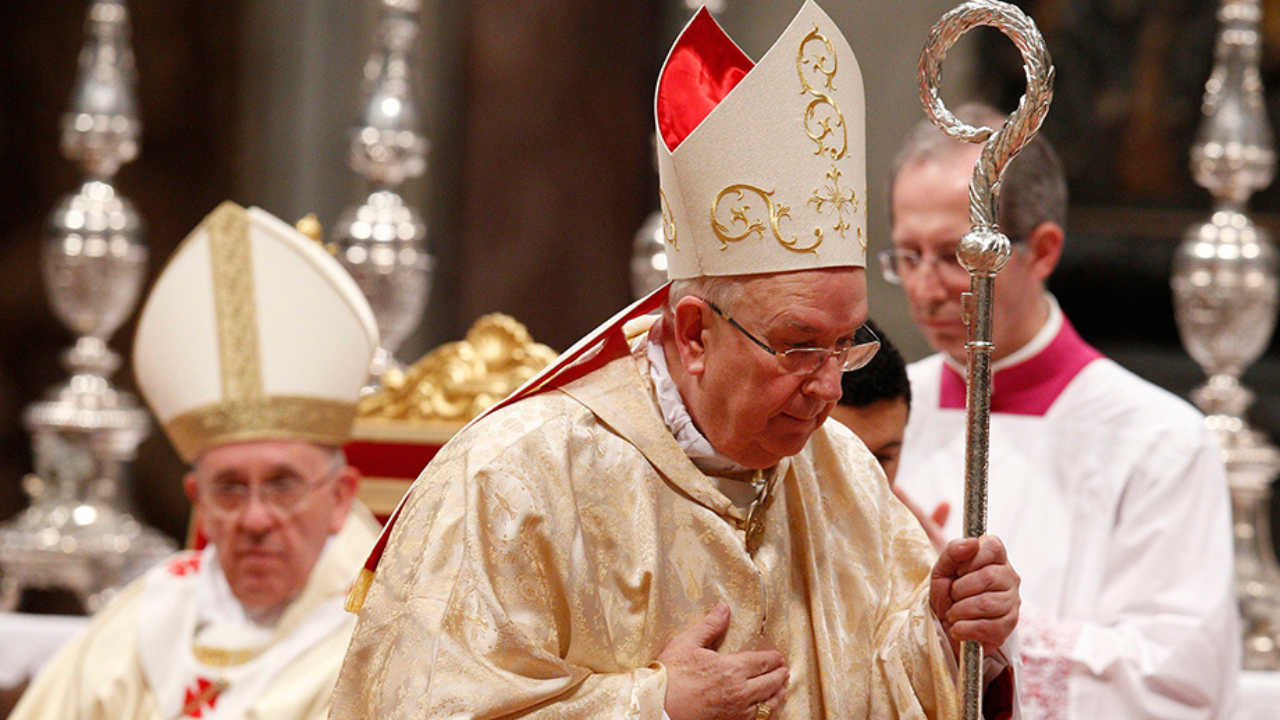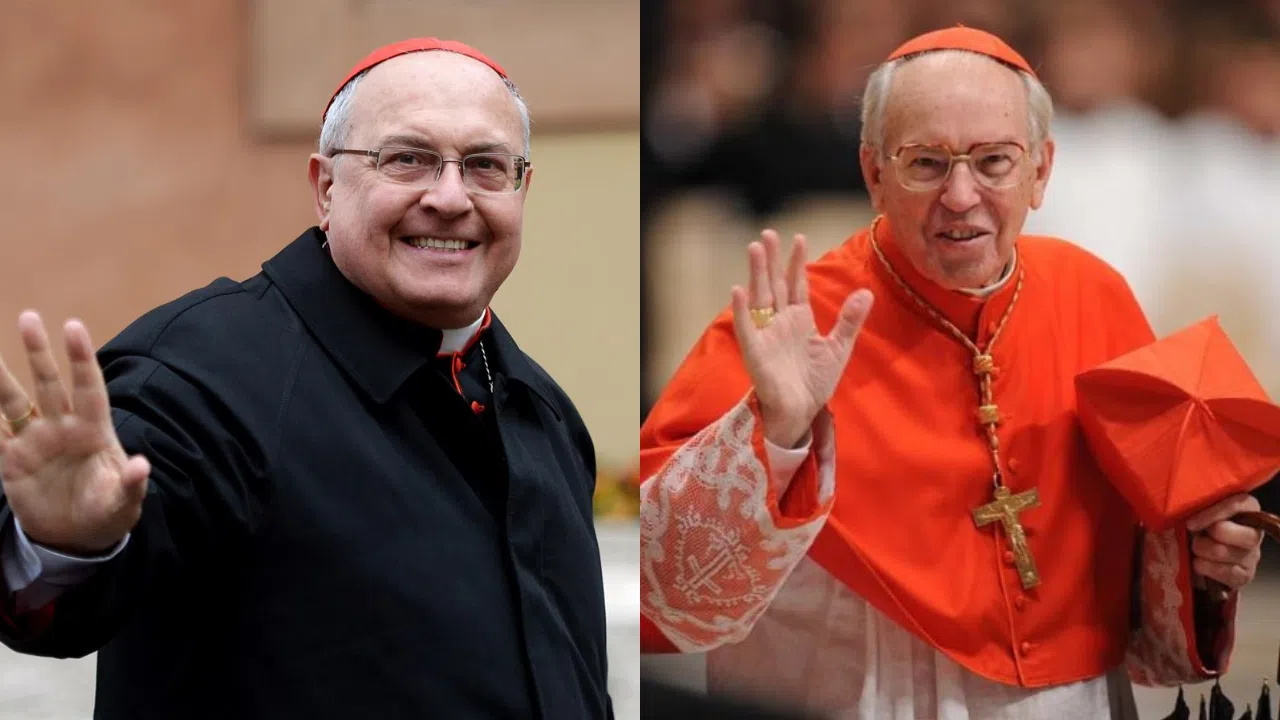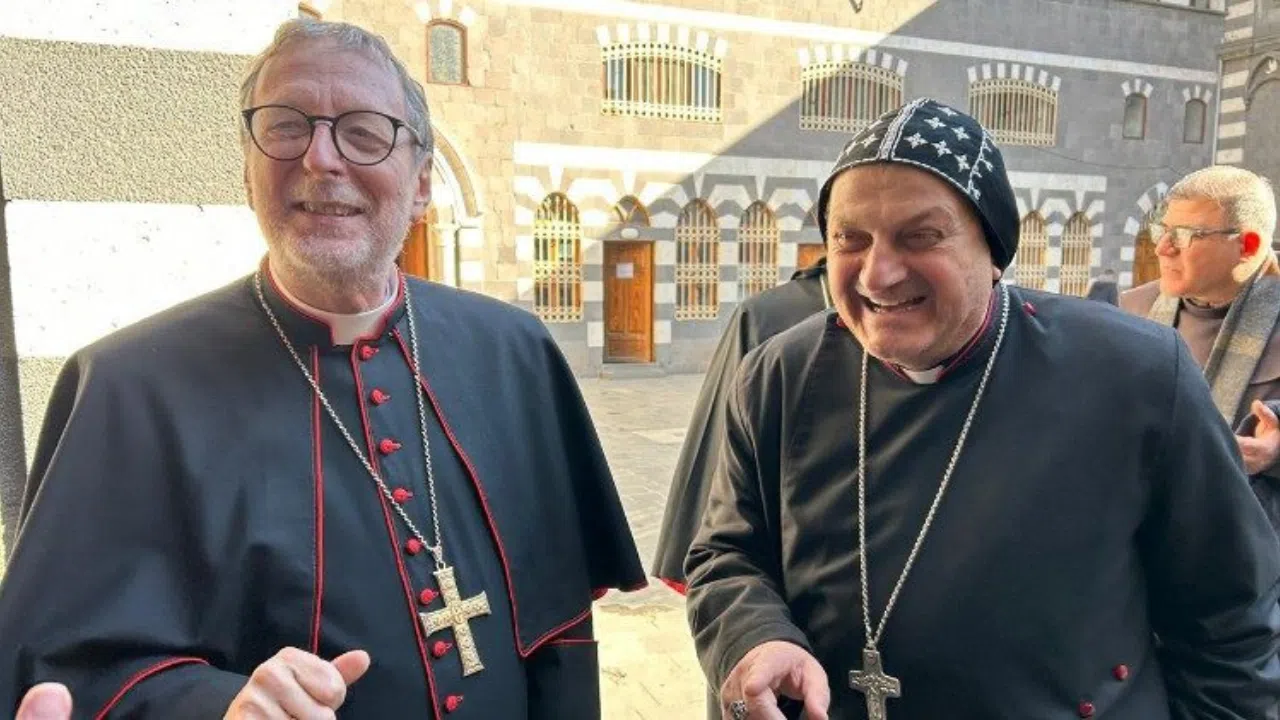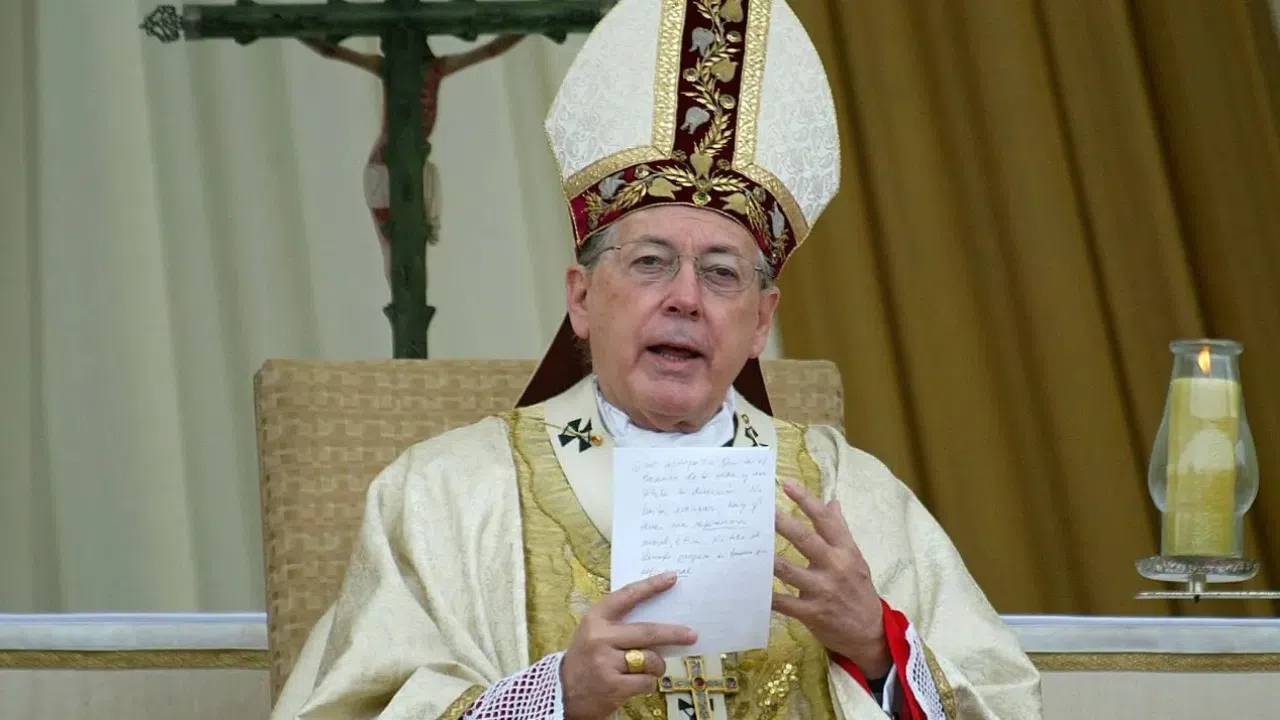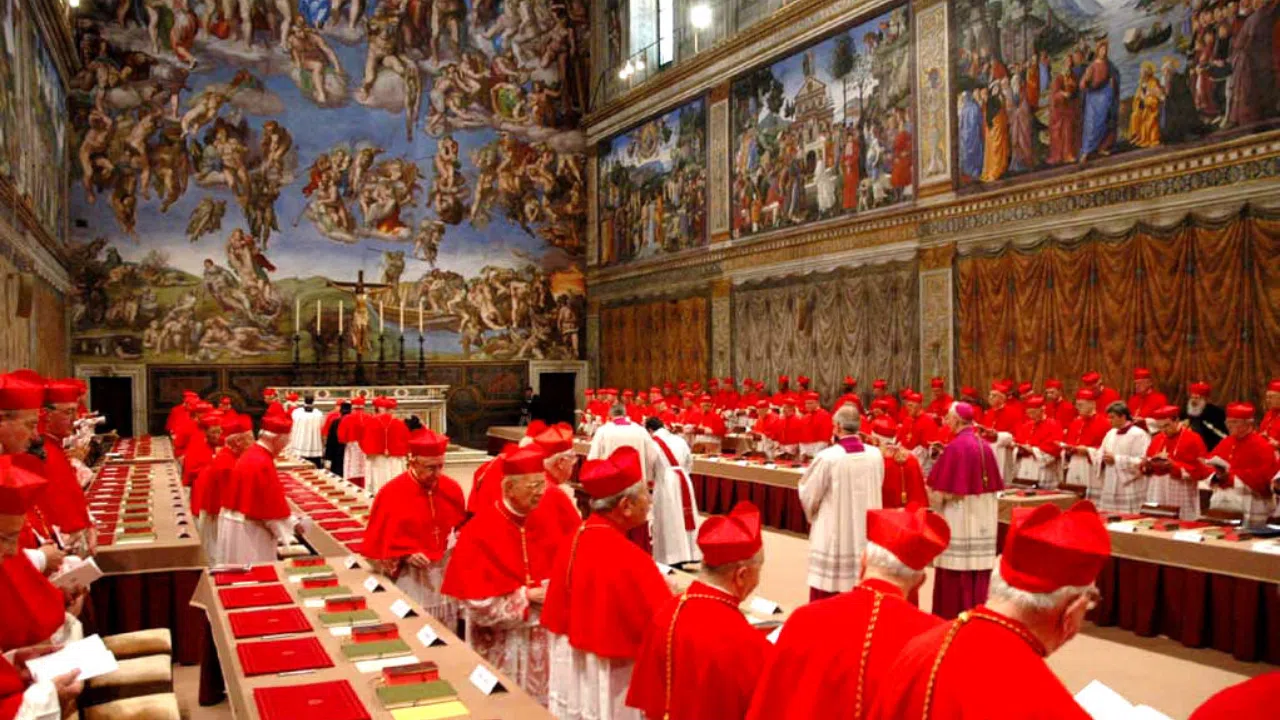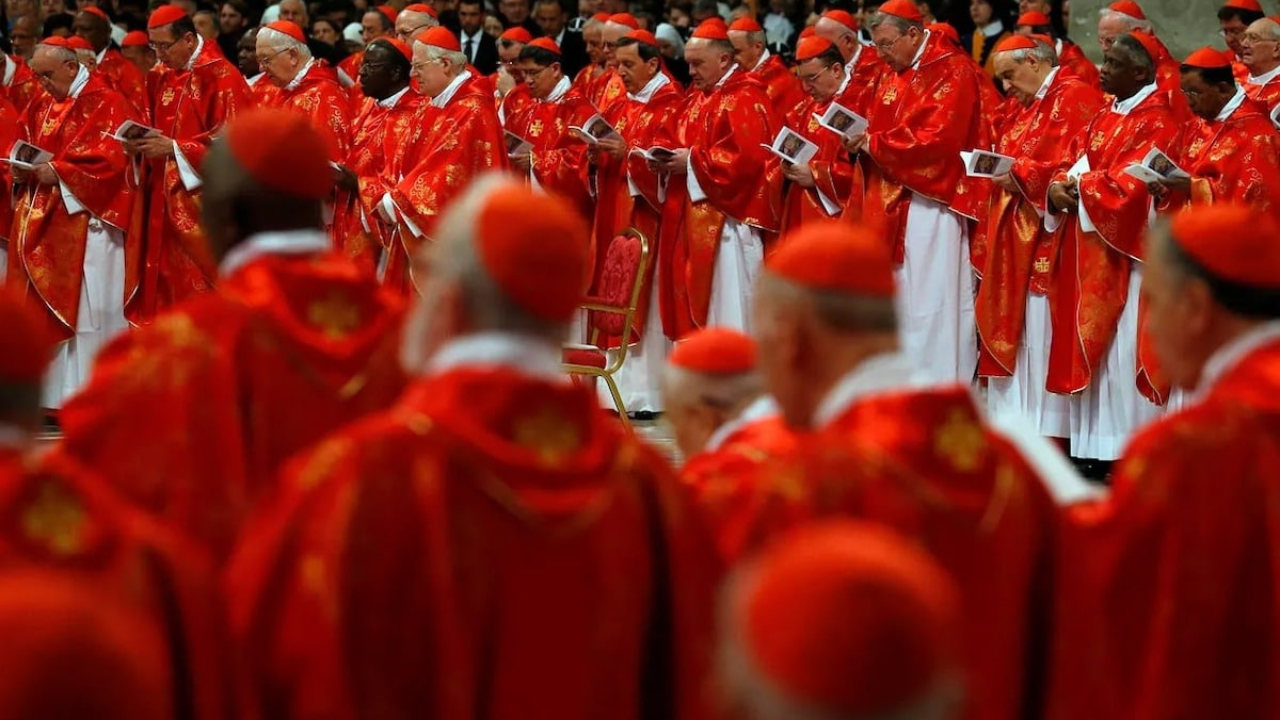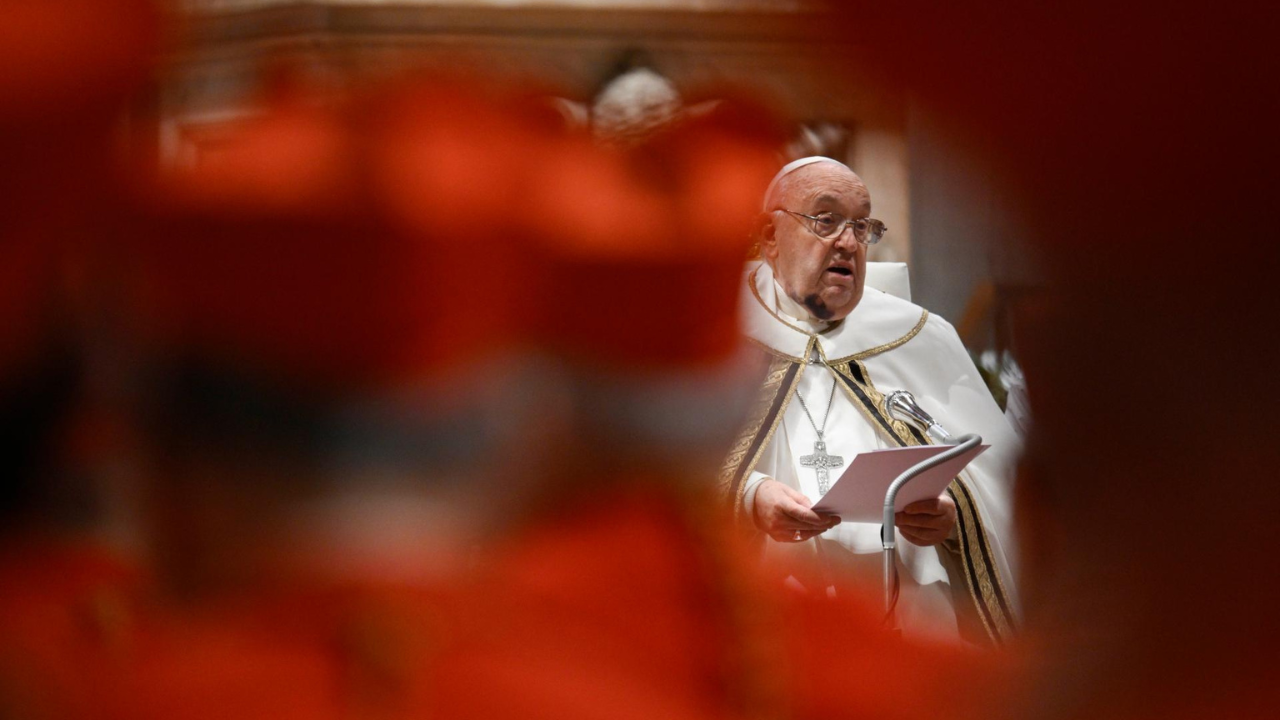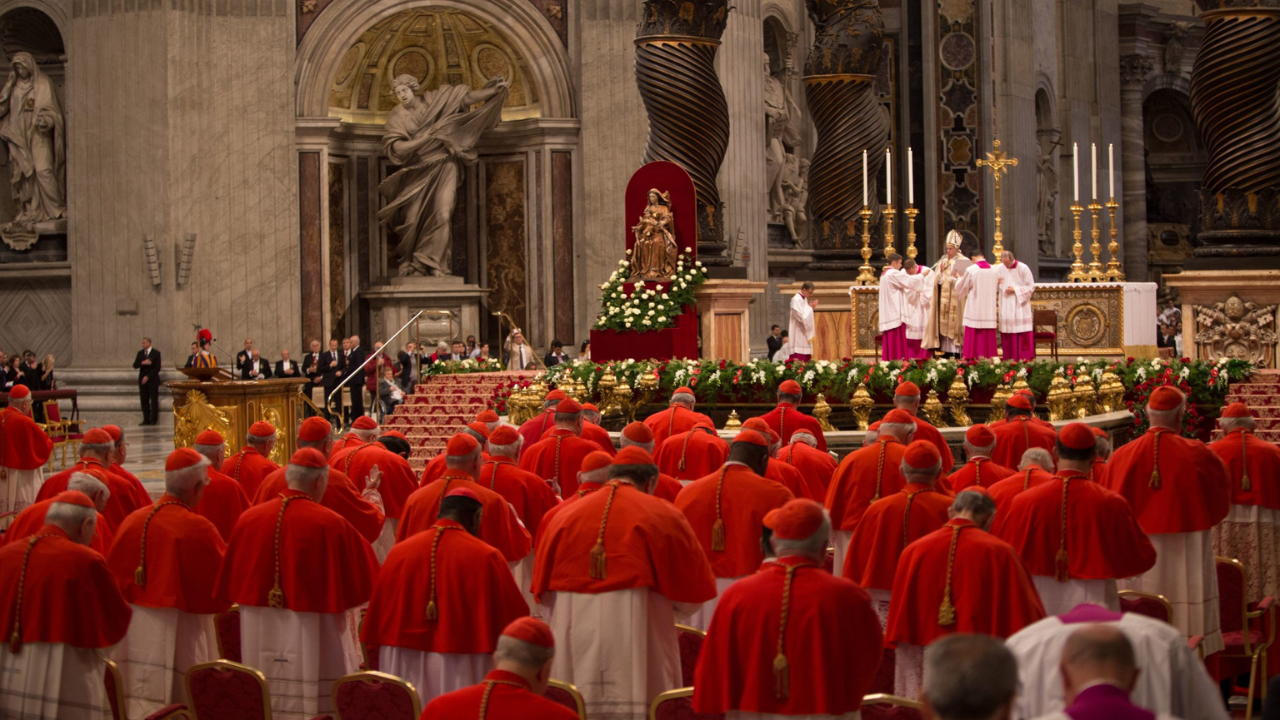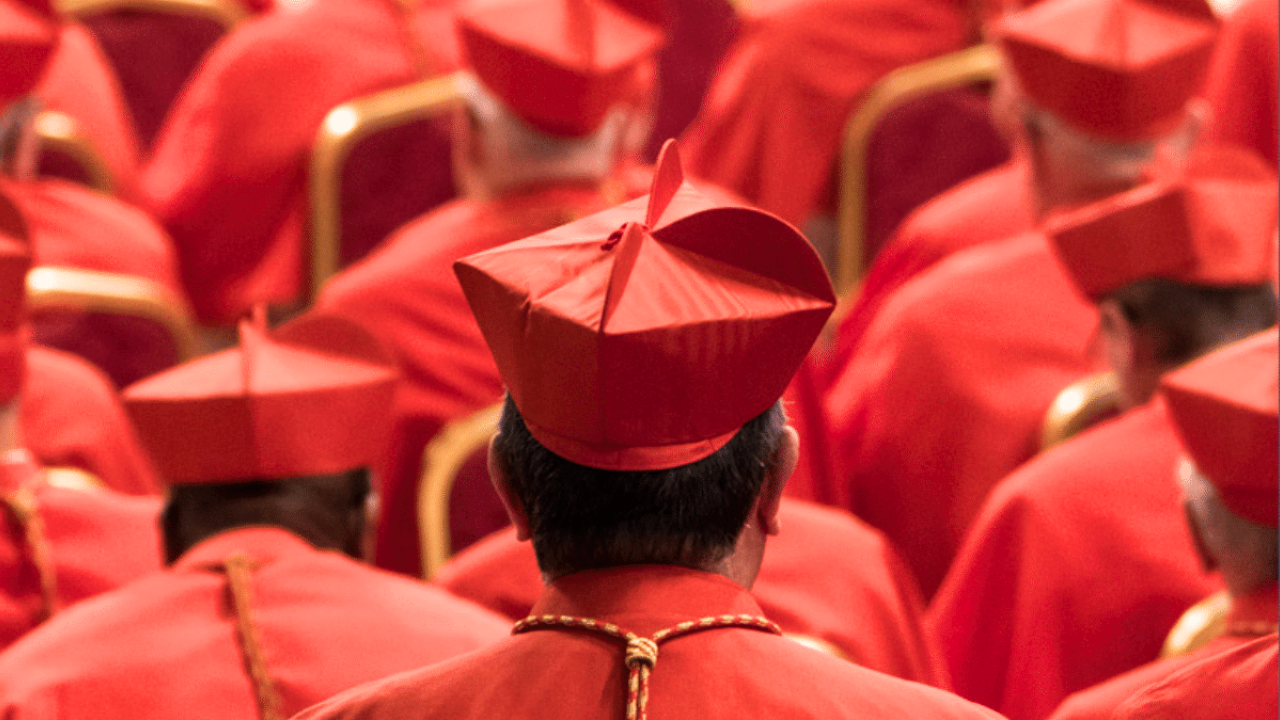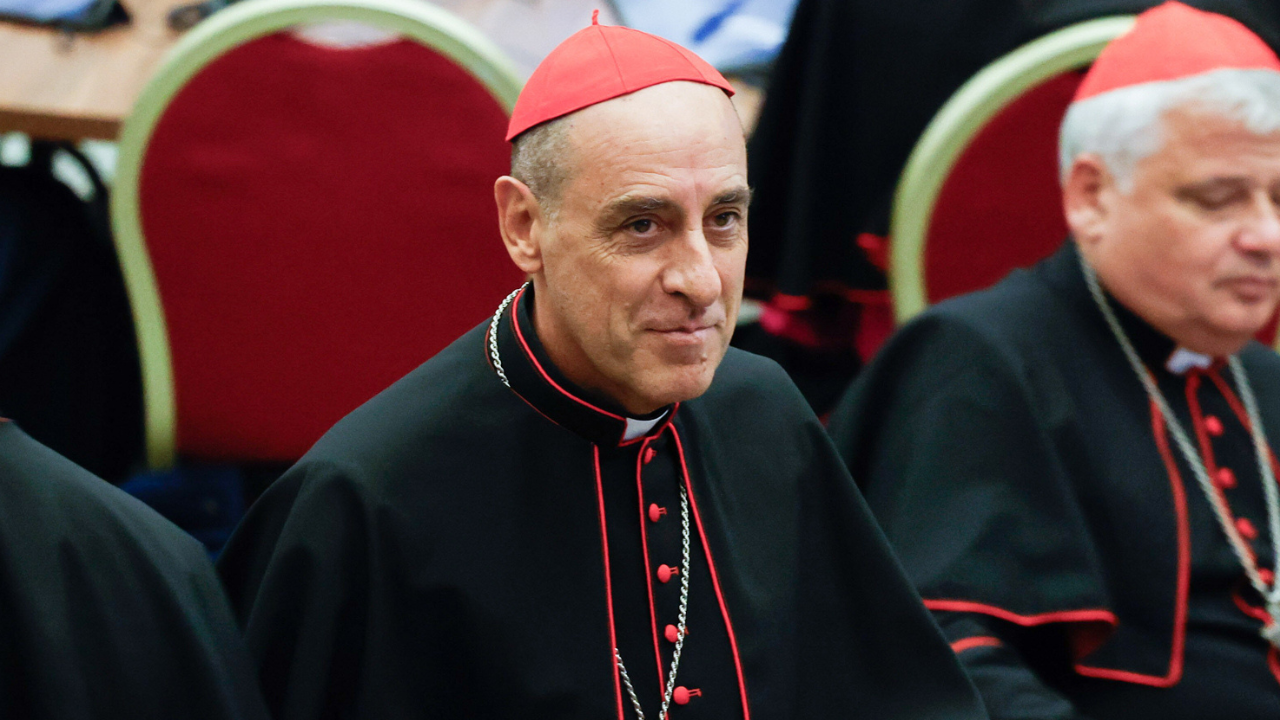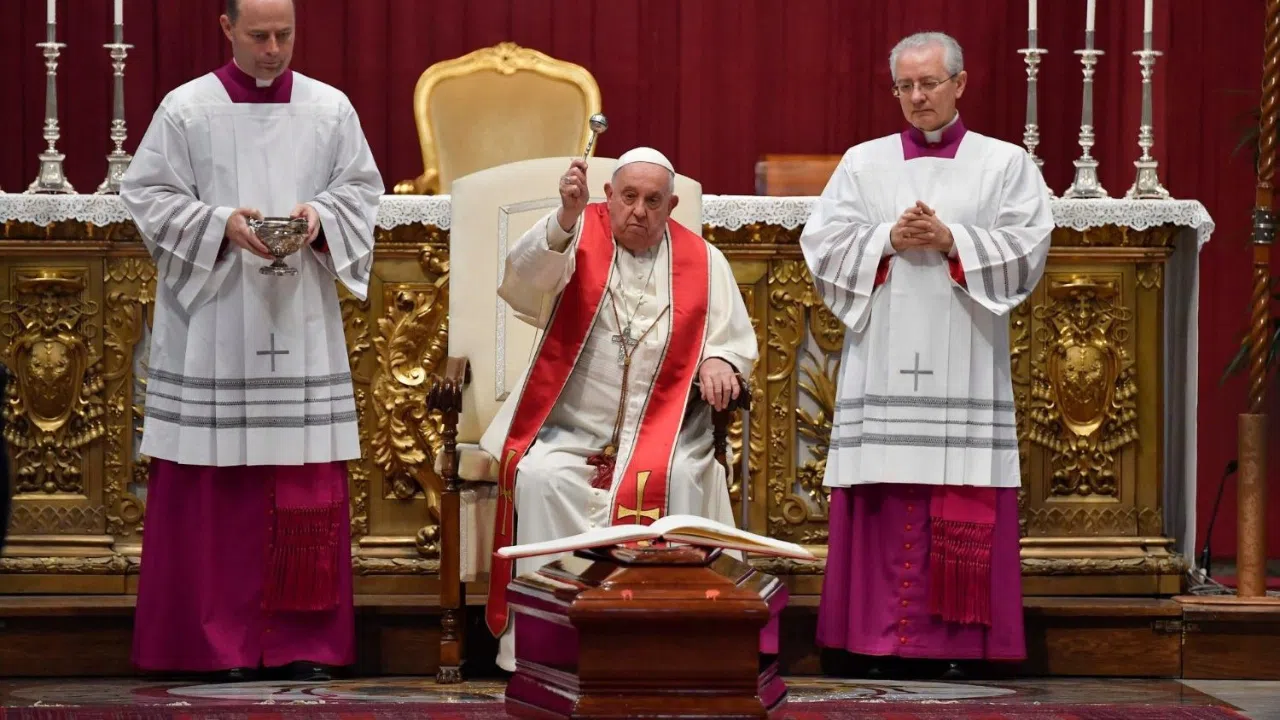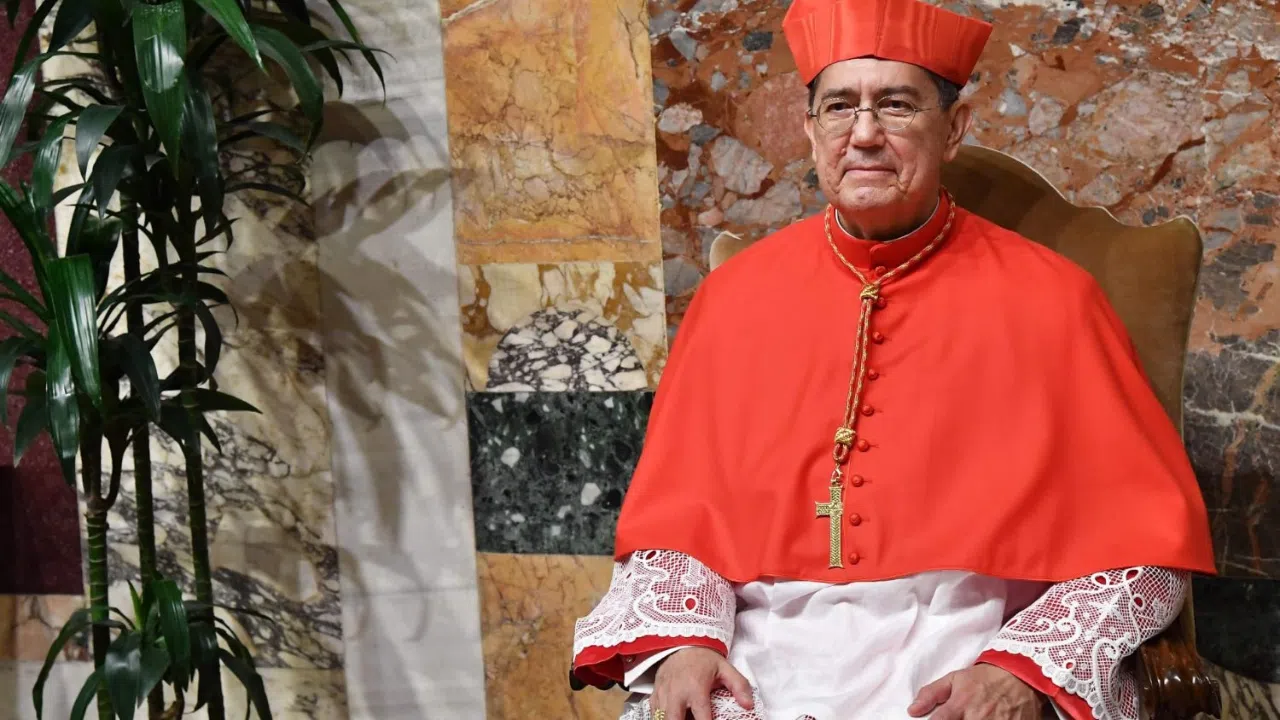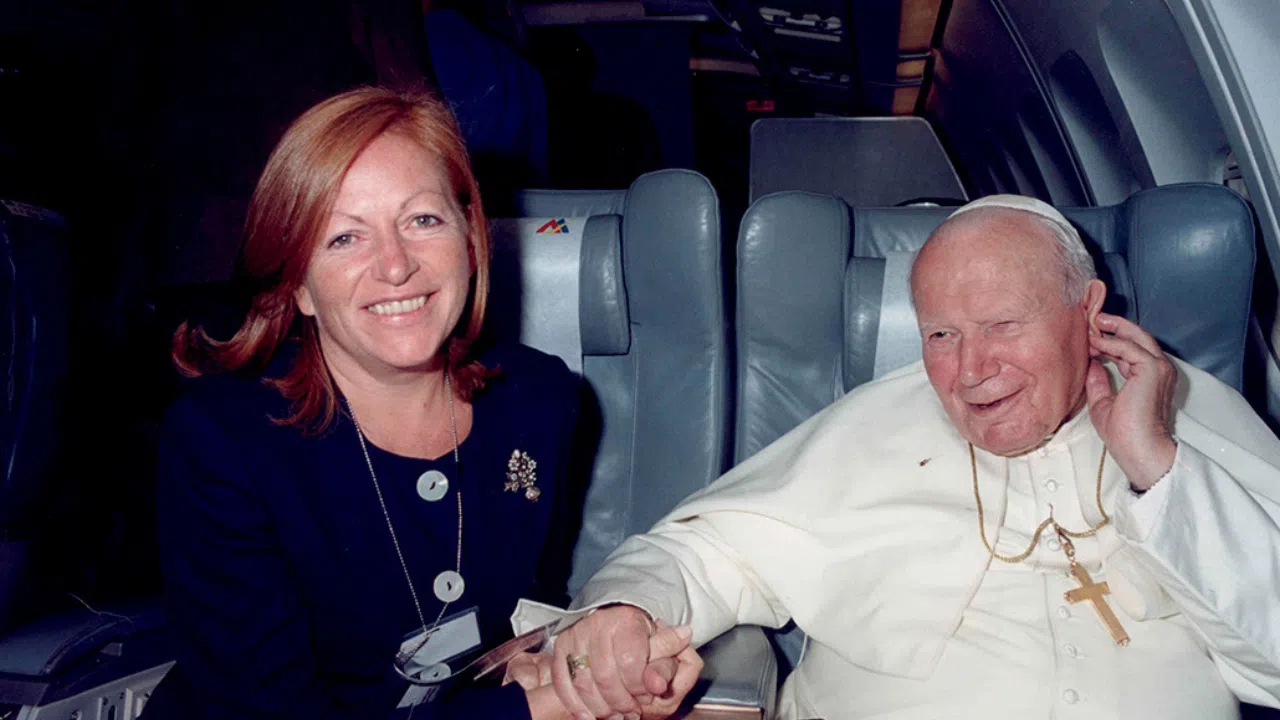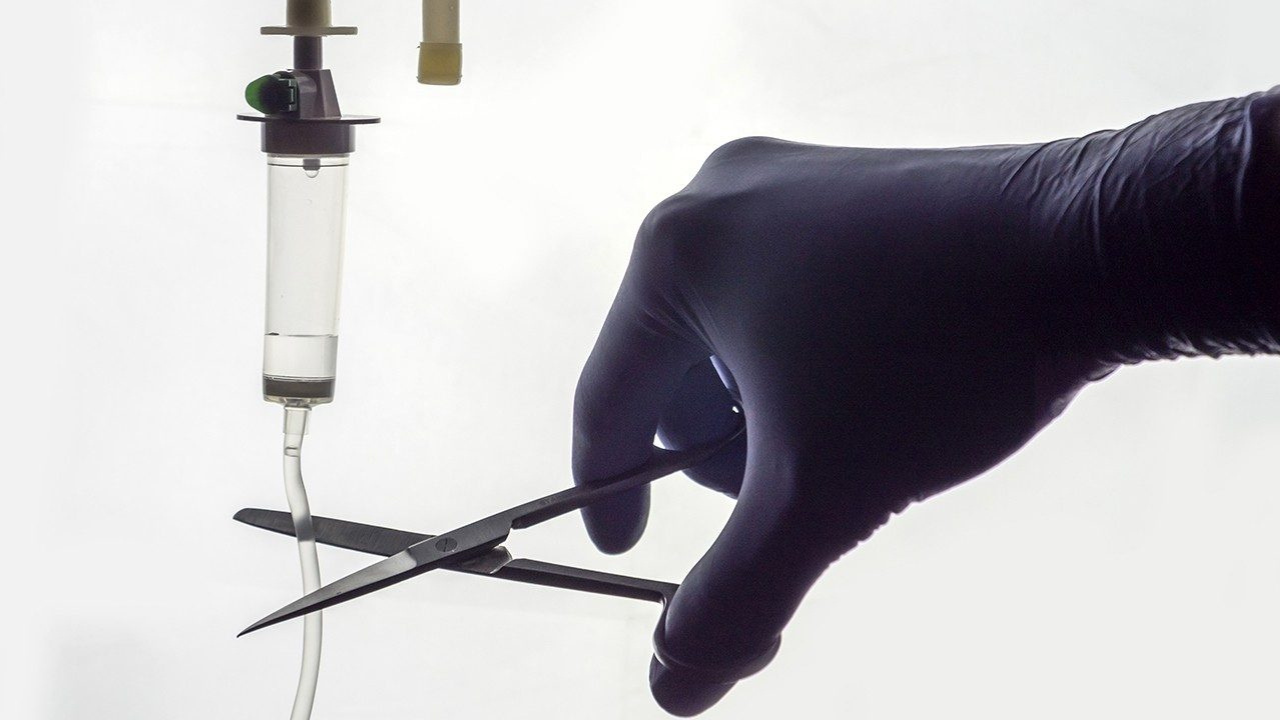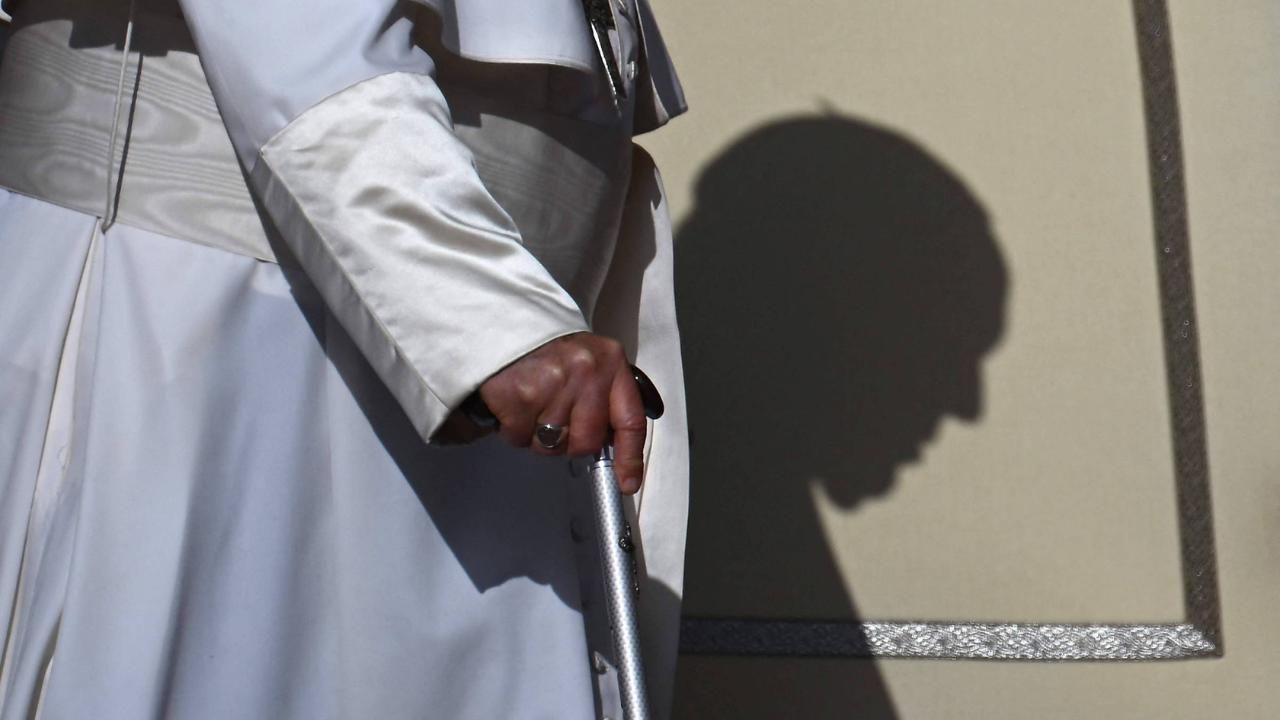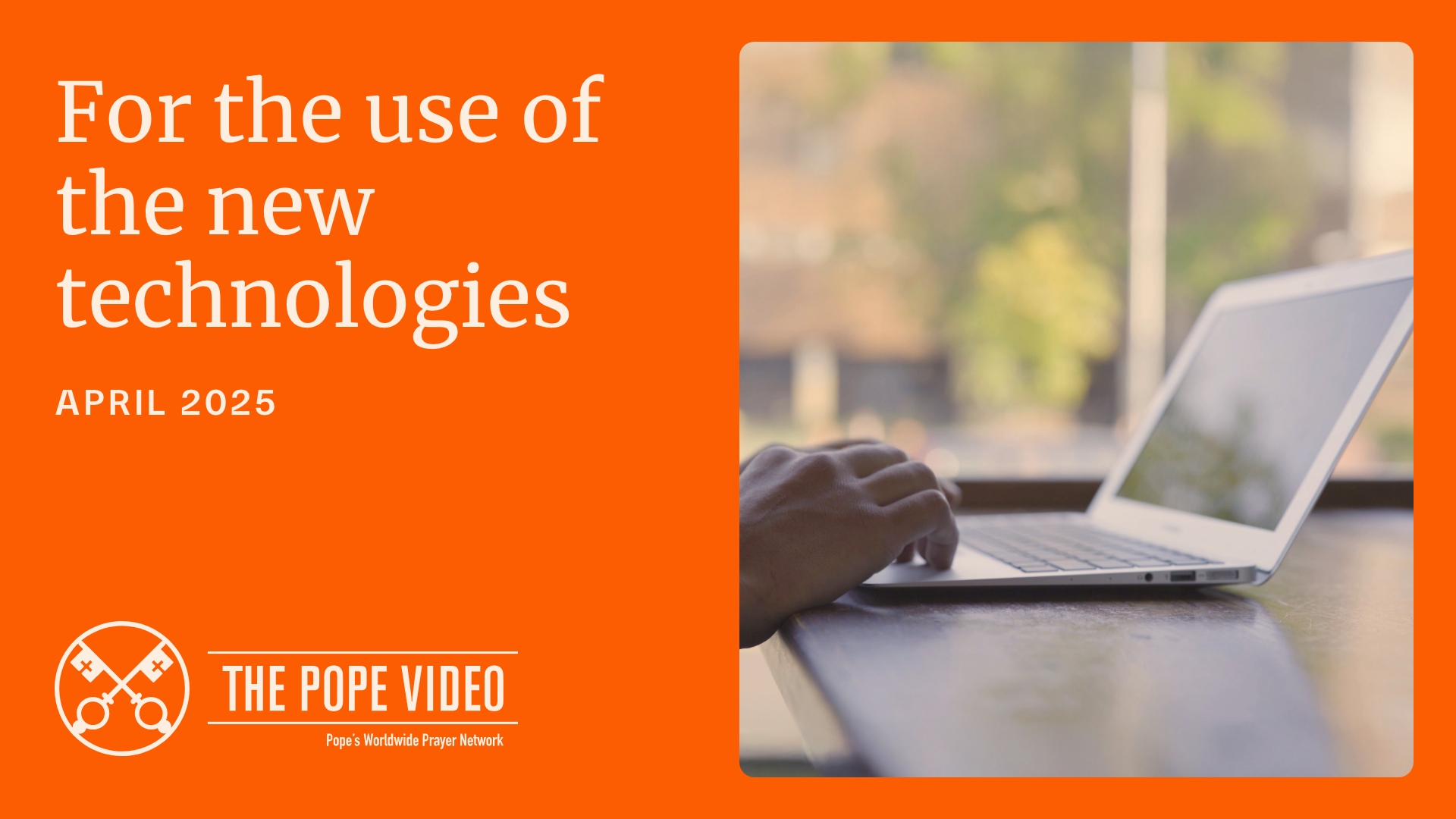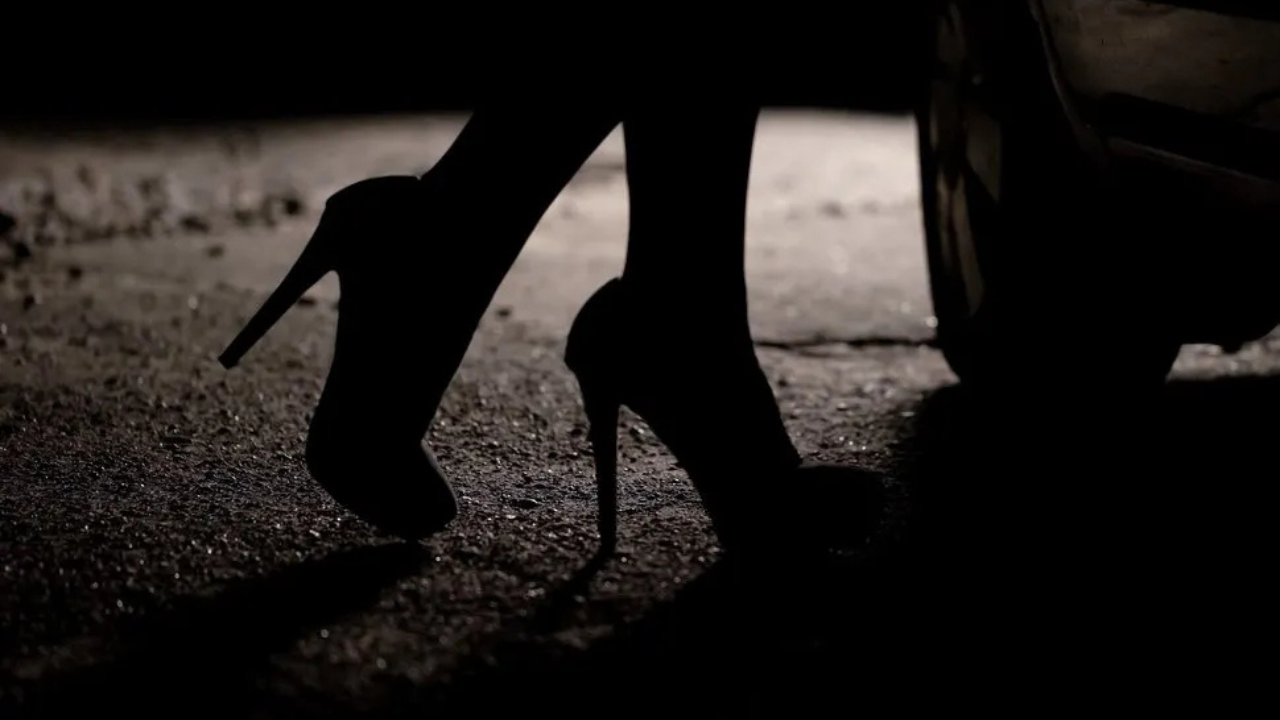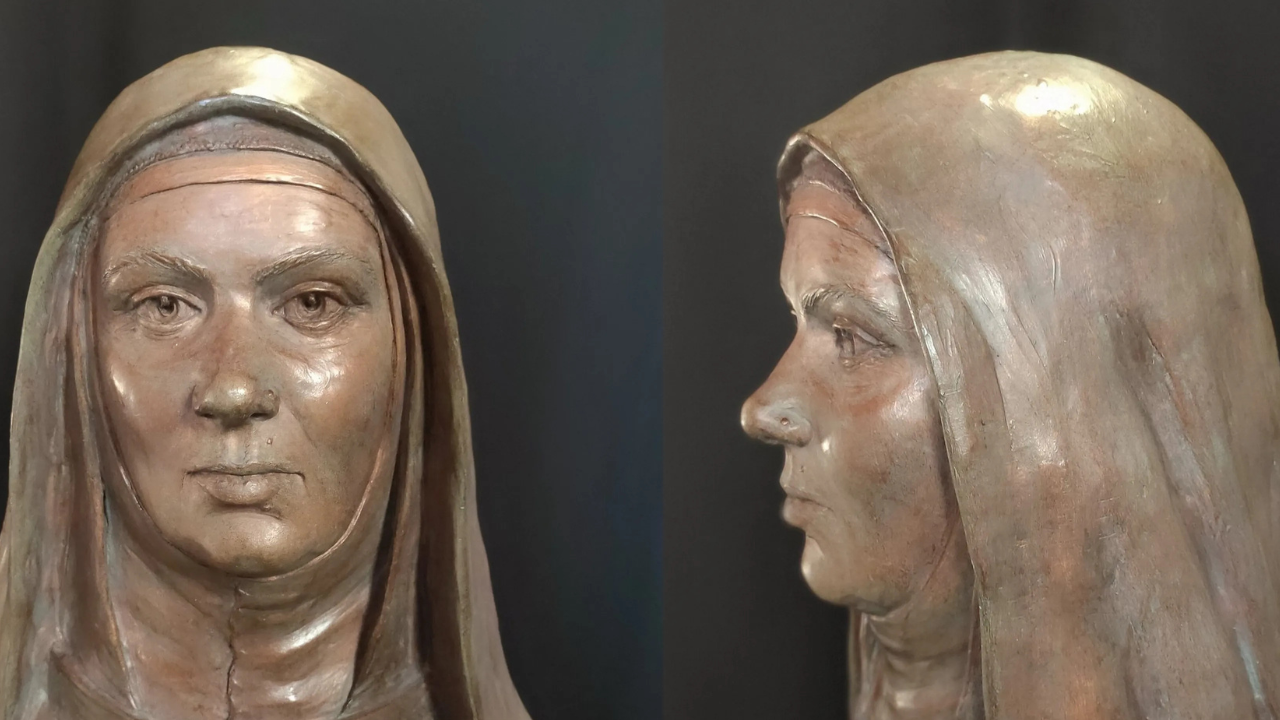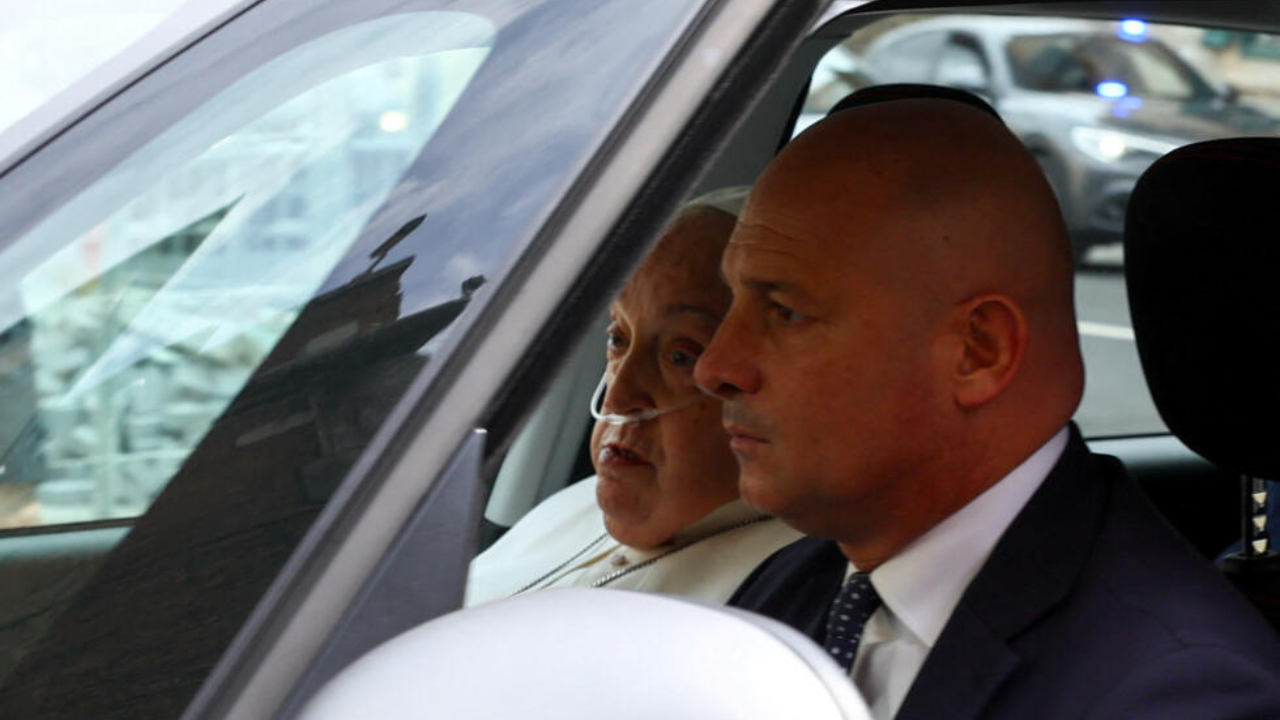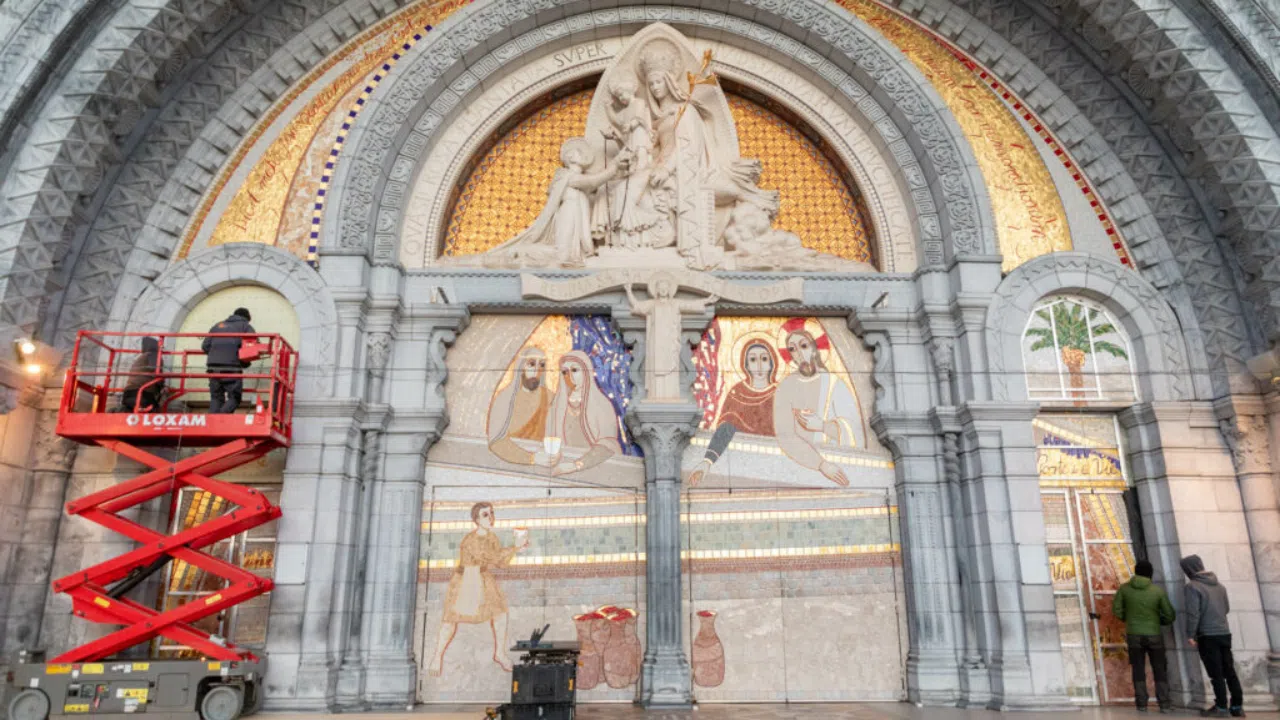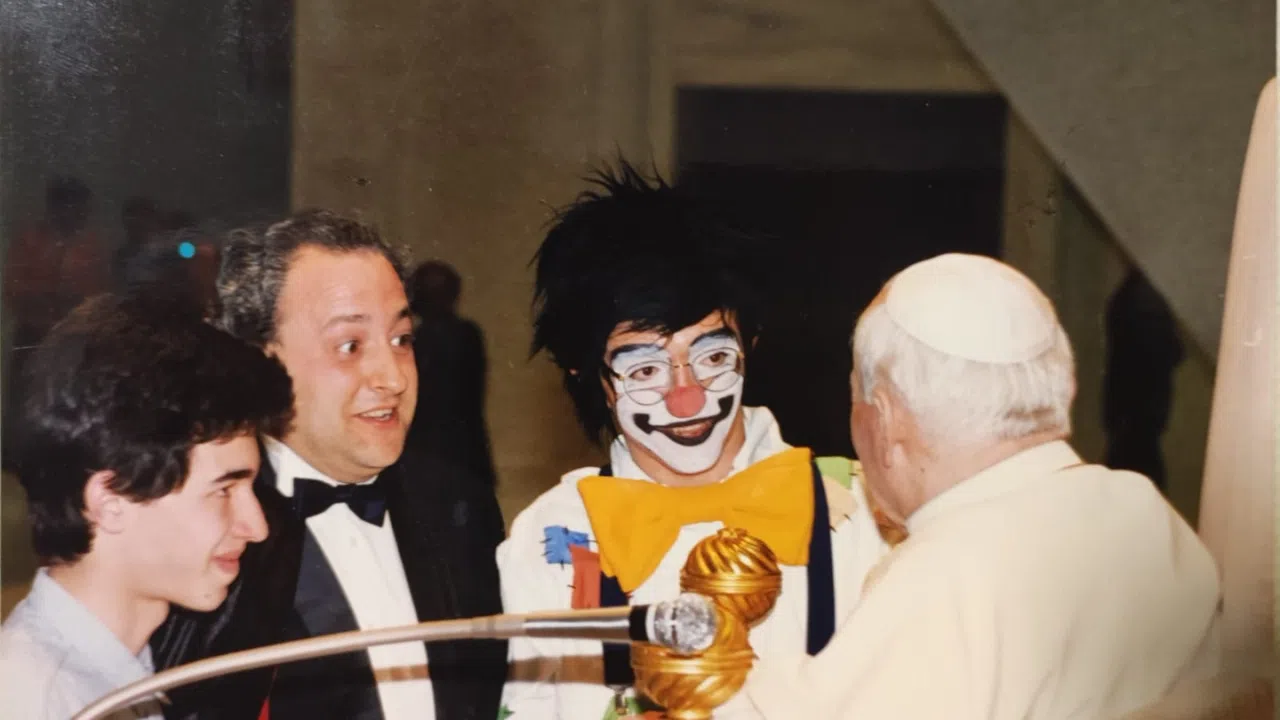Currently, only 116 cardinals have the right to vote in a conclave. However, the Vatican law allows 120 participants. Therefore, the pope will appoint new cardinals to fill vacant seats. While there will be one extra cardinal, historically this is not a problem, because John Paul II at one point exceeded the limit by at least 10 positions.
The five new cardinals are:
Jean Zerbo, archbishop of Bamako, the first cardinal born in Mali.
Juan Jose Omella, archbishop of Barcelona, Spain, who spent a missionary year in Zaire.
Anders Arborelius, the first Swedish-born Catholic bishop of Stockholm after the Protestant Reformation.
Louis-Marie Ling Mangkhanekhoun, Vicar Apostolic of Paksé, in Laos, a country with only 45,000 Catholics.
Gregorio Rosa Chávez, auxiliary bishop of San Salvador, who is a friend of the martyred bishop í?scar Romero.
With this consistory, there will be 225 cardinals. Of these, 121 are under 80 years and can participate in a conclave.
Among the electors, 19 were appointed by John Paul II, 53 by Benedict XVI and 49 by Pope Francis.
Pope Francis has already called four consistories. With each appointment, he has tried to represent Catholics from the peripheries in the future conclaves.
This means that there are fewer cardinals from Europe and North America and more from Latin America, Africa, Asia and Oceania.
In March 2013, the conclave that chose Pope Francis, Europe had 60 cardinals, Africa 11 and Asia 10. Oceania only had one; North America 20, and Latin America 13.
Now, Europe, has 53 cardinals, Africa and Asia 15 each, Oceania four; North America 17, and Latin America 17.
Italy is still a superpower with 24 cardinal electors. The United States with 10; France with 5, and Brazil, Mexico, Spain, Poland and India, with four.
JMB/MB
RR
- BN
Up:JRB
